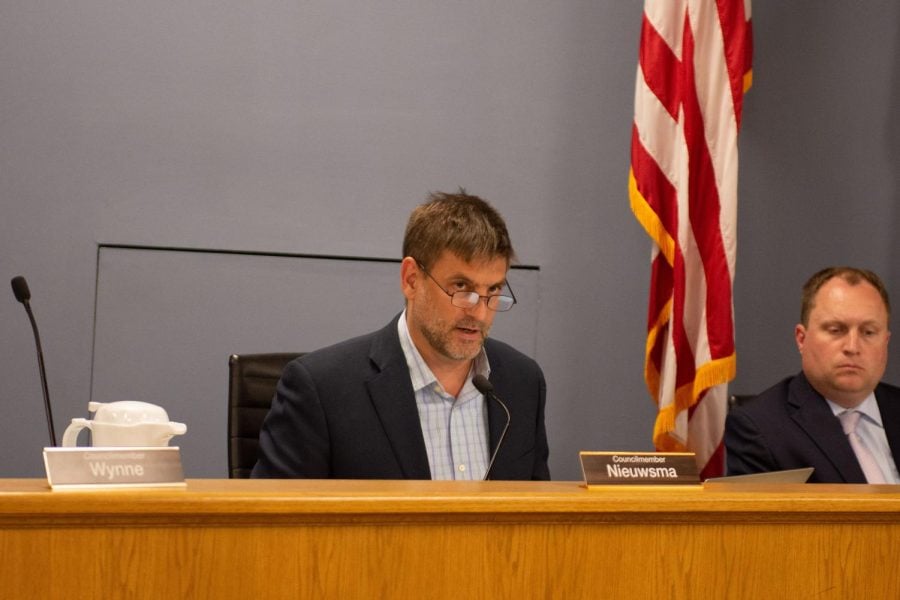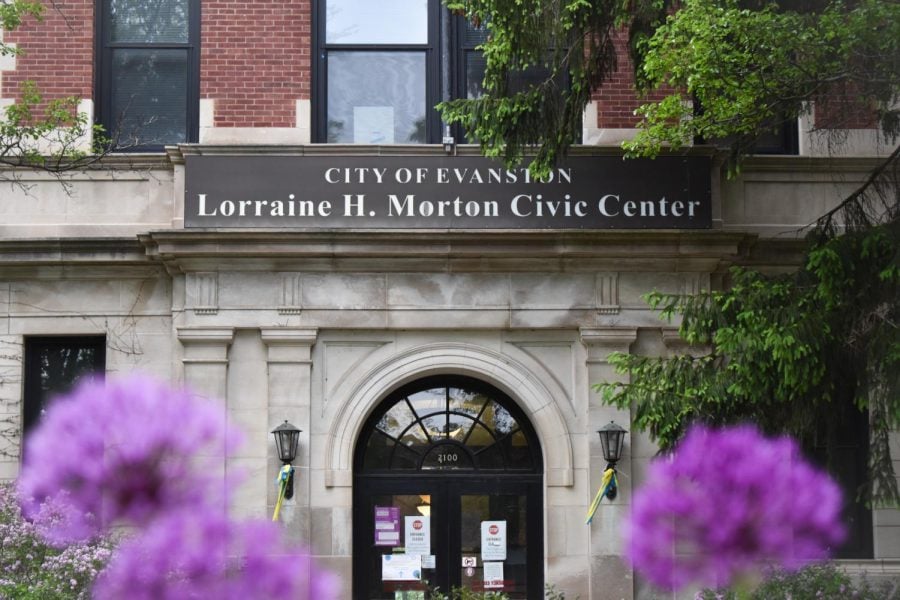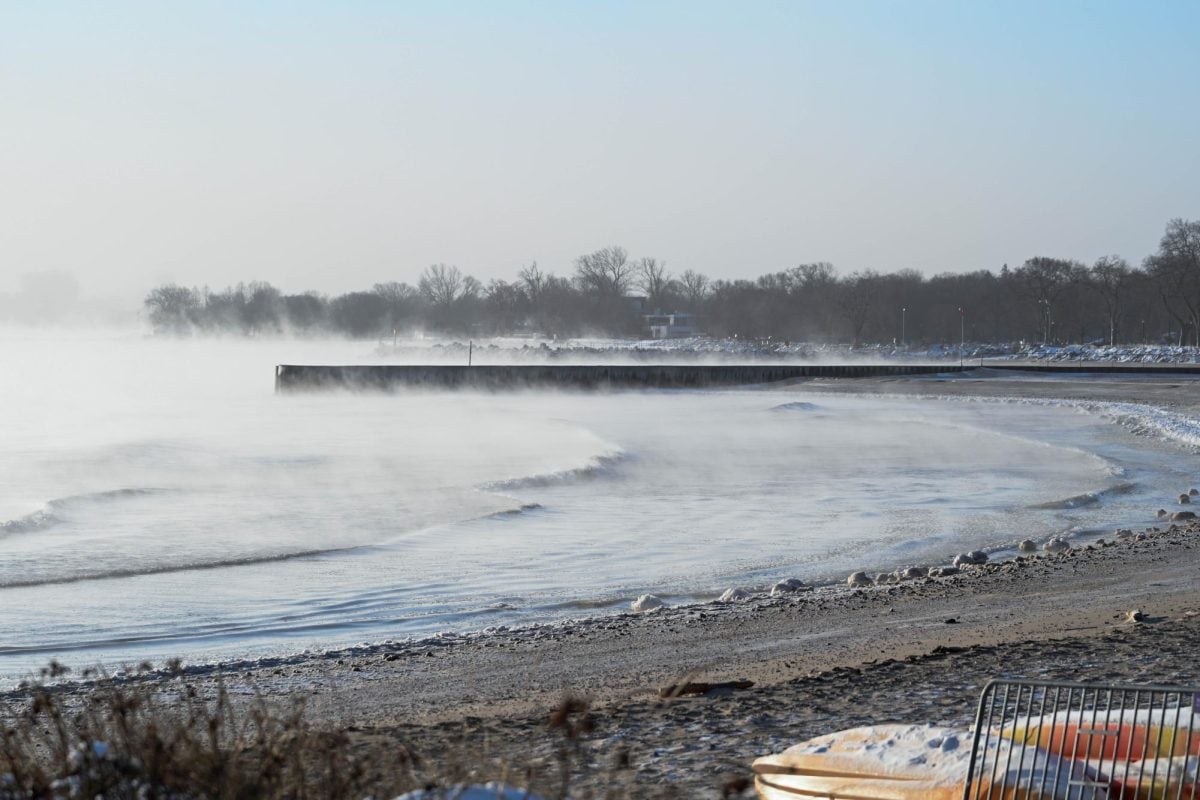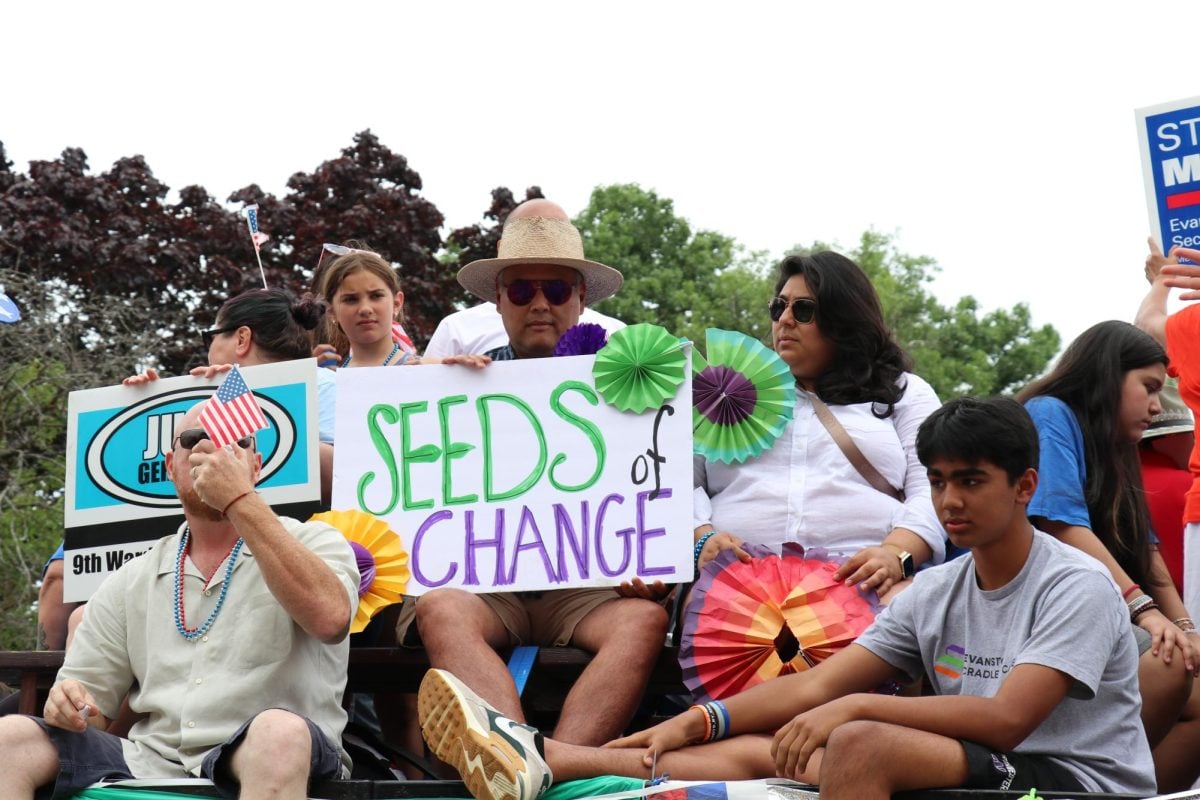Kang: We must invest in more public train travel
May 11, 2023
Cars and planes have been U.S. residents’ predominant means of transportation for a while now, even if trains are significantly safer than traveling by car. According to economics Prof. Ian Savage’s research on transportation safety, U.S. public passenger trains have caused 0.43 deaths per billion passenger miles from 2000 to 2009, while cars caused nearly 17 times that many deaths in the same time frame. Planes may technically be the safest mode of transportation per Dr. Savage’s research, but the significant decrease brought by trains is truly incredible.
Beyond being safer for people, trains are also safer for the environment. While train construction would have a heavy environmental impact, high quality train routes could eventually reduce the need to construct and use as many cars or planes. Train travel, especially electric high-speed travel, would significantly reduce carbon dioxide emissions due to the decrease in cars driving on gasoline or diesel. For example, a drive from Millennium Park to the center of downtown Milwaukee, Wisconsin would require 92 to 104 miles of travel. That’s almost three to six gallons of gas depending on the car model, which could be saved with trains. Trains and their corresponding infrastructure can also last decades, reducing the need for consistent new train planning and construction.
Amtrak, the main organization that runs public train travel in the U.S., offers significantly cheaper trips than most flights. A coach class seat on Amtrak’s Northeast Regional route from Washington D.C. to Boston normally costs about $36. In comparison, an economy plane ticket from the D.C. area to Boston can cost $80 or more. Train enthusiasts or those interested in seeing nature throughout North America can also take long train routes as a vacation. The California Zephyr and Southwest Chief are just some popular routes for scenic touring from or to Chicago.
However, the U.S. remains a car and plane-centered country because of low train accessibility for many. Trains often operate once a day or less frequently, and stations tend to be in inconvenient locations. In Iowa, for example, the trains don’t stop at Des Moines or Cedar Rapids, two of their most populous cities.
Moreover, some tracks used by U.S. trains today are from the 19th and 20th centuries and have not been renovated since. Because of this, Amtrak’s Acela — the U.S.’s only public electric high-speed rail service — is unable to reach its top speed of 150 miles per hour for nearly 90% of its route.
Because of that, U.S. trains are slow. For example, Chicago’s often-delayed Lake Shore Limited to New York City and Boston takes around 19 to 22 hours without delays. Since U.S. trains must give the right of way to freight trains, train travel is even slower. In comparison, someone could drive the same distance as the Lake Shore Limited in about 15 hours or fly in about two hours. Considering how frequently many U.S. residents have to travel from one large city to another, the downsides of train travel currently outweigh its benefits for many people, even if trains are cheaper, safer and better for the environment.
The best solution is for the U.S. government to allocate more funds to train infrastructure, a move that can also start at the state level since any train distance under 750 miles can be dictated by the involved states. This means the Chicago to Milwaukee route could be renovated or designed by Illinois and Wisconsin if the states wished. An electric high-speed rail with modern train rail would significantly reduce the 90-minute distance and ultimately make intercity travel more appealing.
While the U.S. has implemented some new policies to support public train travel, such as the 2021 Infrastructure Bill offering $66 billion to improve passenger and freight rail and $39 billion for public transit, the U.S. still lacks support for public electric high-speed rail outside of the Northeast. Spending the money to implement nationwide electric high-speed rail would significantly reduce CO2 emissions, potentially save lives and increase personal leisure and productivity.
I recognize that cars and planes are sometimes necessary, though I prefer trains. However, increasing the infrastructure of public trains will significantly help save lives, fight against global warming and make all of our lives easier. I write this in hopes that we can urge our local and state governments to invest more money and time into accessible train travel.
Anthony Kang is a Weinberg third-year. He can be contacted at [email protected]. If you would like to respond publicly to this op-ed, send a Letter to the Editor to [email protected]. The views expressed in this piece do not necessarily reflect the views of all staff members of The Daily Northwestern.











